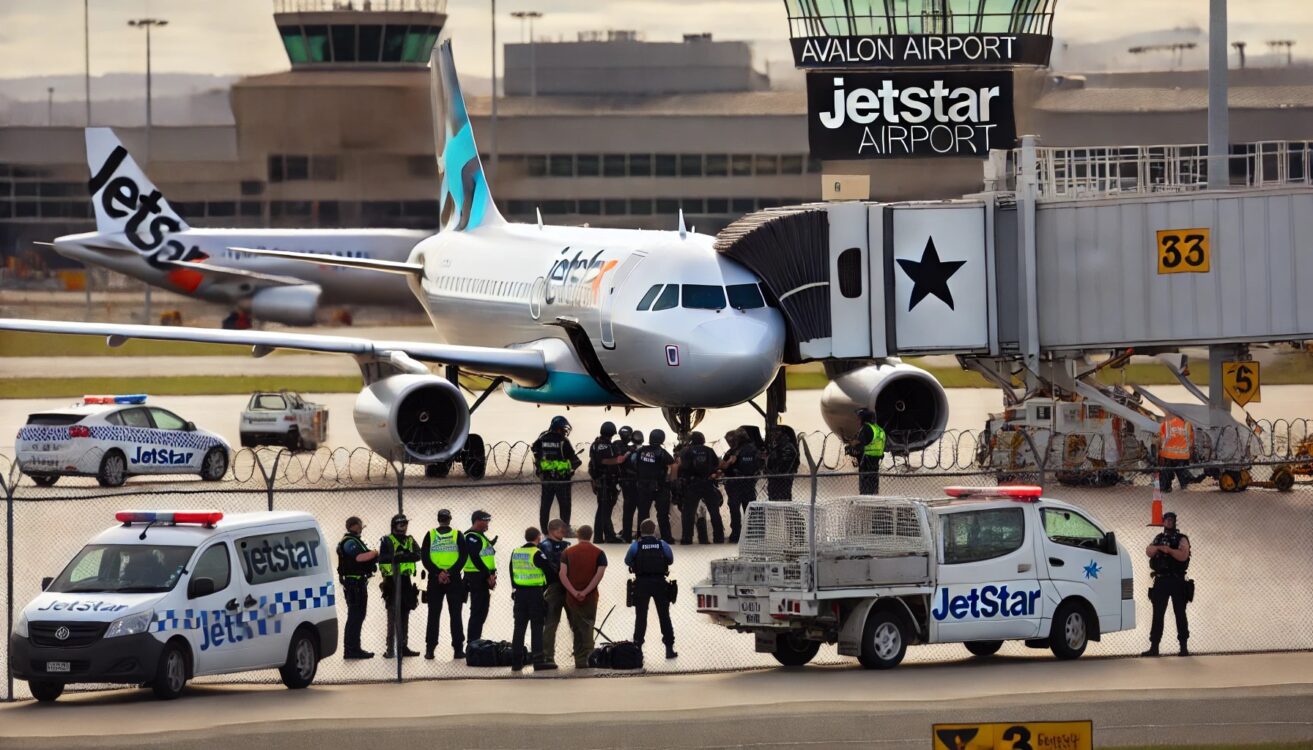
The attempted hijacking by a 17-year-old at Avalon Airport on 6 March 2025 has raised significant legal and security concerns within Australia’s aviation sector. The incident has not only exposed potential vulnerabilities in airport security but also underscored the legal ramifications of such actions.
Legal Consequences
The teenager involved in the incident has been charged with multiple offences, reflecting the seriousness of his actions. These charges include unlawfully taking control of an aircraft, endangering the safety of an aircraft, and making a bomb hoax. Each of these offences carries substantial penalties under Australian law, reinforcing the gravity with which such threats are treated. Given the accused’s age, the case is being heard in the Children’s Court, where legal considerations differ from adult courts, focusing more on rehabilitation while still ensuring public safety.
A suppression order has also been issued to protect the identities of any foreign individuals or entities associated with the accused. This restriction prevents the publication of details regarding communications related to the incident, highlighting the potential complexity of the case.
Security Implications
The incident has revealed critical security lapses at Avalon Airport, particularly regarding perimeter security and the absence of an immediate law enforcement presence. Reports indicate that the teenager gained access to the airport through a gap in the perimeter fence, highlighting deficiencies in physical security. Furthermore, Avalon Airport does not have federal or state police permanently stationed on site, instead relying on local police from Lara, approximately nine kilometres away. This reliance on an external police response resulted in a delayed reaction to the incident.
The breach has prompted a national review of security protocols, particularly at regional airports. Calls for enhanced security measures, including the deployment of federal police at airports like Avalon, have gained traction. In response, airport management has pledged to strengthen security in collaboration with authorities to prevent future breaches.
The event has also raised broader concerns about the security of smaller airports across Australia. Cost-cutting measures in recent years have been identified as a contributing factor to inadequate security protocols, making regional airports more vulnerable to breaches. The absence of a permanent police presence at these locations has been flagged as a major risk, prompting calls for a reassessment of security strategies nationwide.
Following the incident, the federal government has ordered a security review across all capital city and regional airports. Airports such as Avalon, Newcastle, and Launceston will now undergo risk assessments to identify and implement necessary security upgrades. This initiative aims to ensure that aviation security measures remain robust and capable of preventing similar incidents in the future.
Conclusion
The attempted hijacking at Avalon Airport serves as a stark reminder of the importance of rigorous security measures and strong legal frameworks in deterring and responding to aviation threats. The incident has highlighted vulnerabilities in airport security, particularly at regional airports, and has prompted urgent reviews of existing measures. The legal proceedings against the accused reinforce the seriousness with which such offences are treated, balancing the need for justice with considerations of the offender’s age. Moving forward, it is essential for authorities to implement recommended security enhancements to ensure the continued safety and confidence of the travelling public
Michael J. Tyler